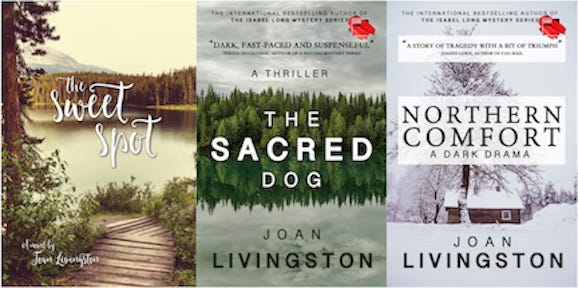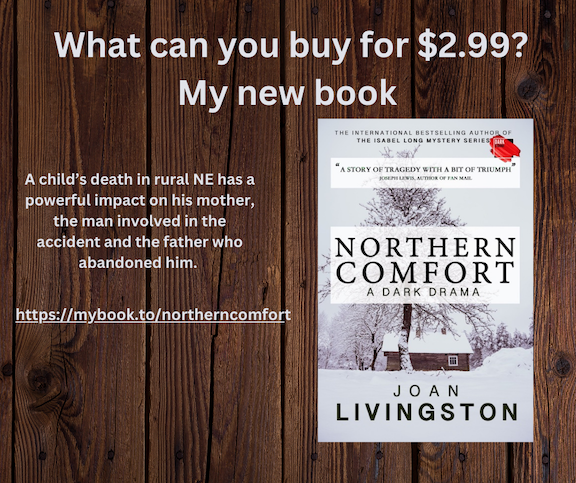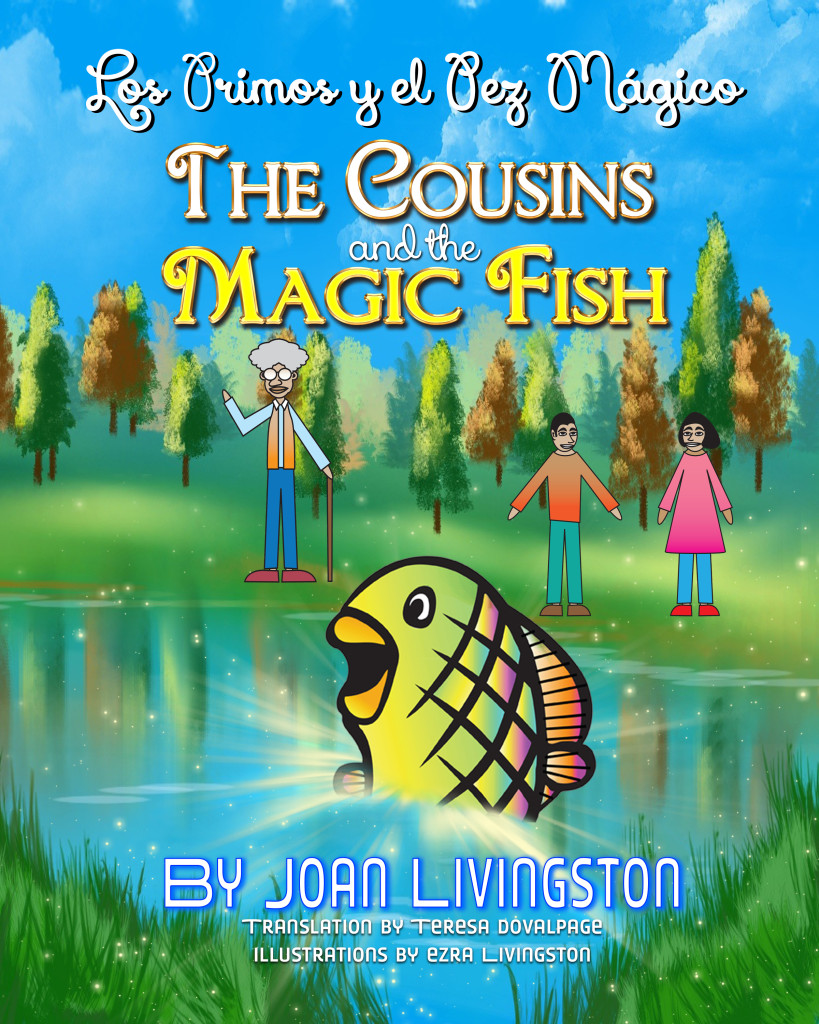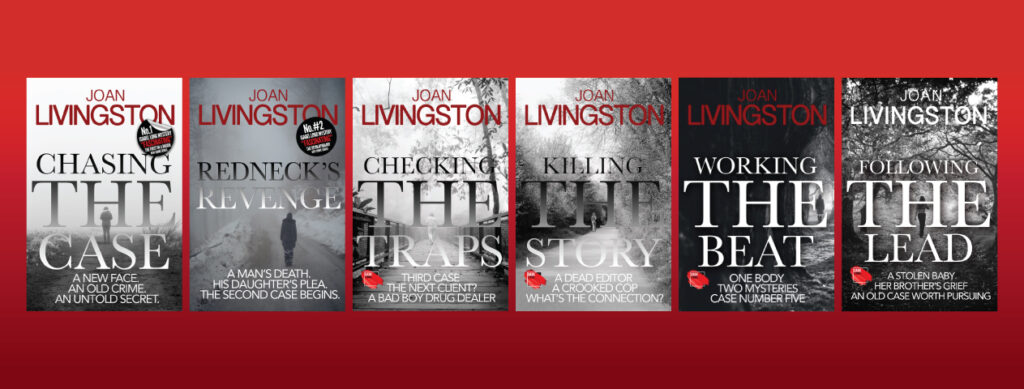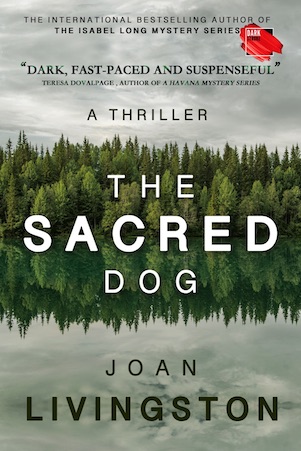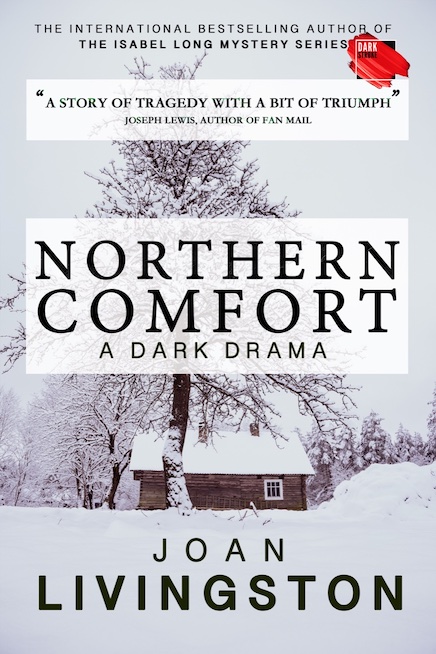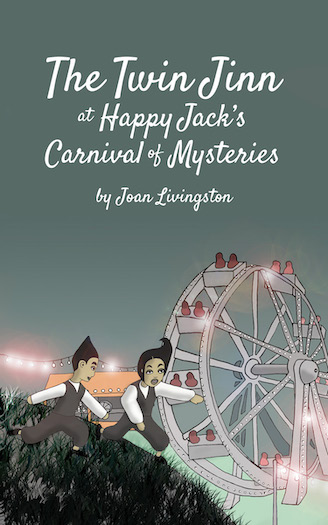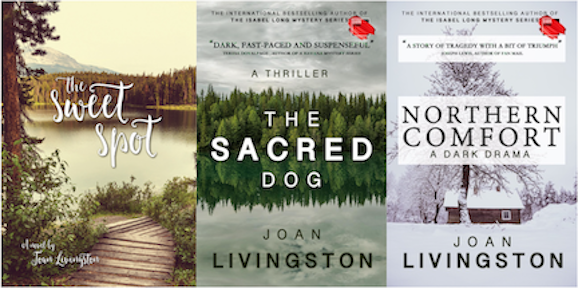Before Isabel Long, I created Edie St. Claire, the lead character in my novel, The Sweet Spot. Edie gives readers a different take on the hilltowns of Western Massachusetts that inspire me to write — and certainly someone Isabel would have come across while solving her mysteries.
And for two days — Feb. 17 and 18 — the Kindle version is free on Amazon. Here’s the link: The Sweet Spot
I call The Sweet Spot the first in my Hilltown Books. The other two are: The Sacred Dog and Northern Comfort.
For me, writing The Sweet Spot was a labor of love since I typed the first draft with only one hand. It was summer 2004, and I was recuperating from injuries after getting hit by a car as I walked across the street. (The driver claimed he didn’t see me in the crosswalk.)
I remember coming home from work and letting the words flow one after the other. I was focused and 80,000 words later, the book was done. Two agents tried to sell it, and eventually I gave up and published it myself. I felt it was too good a book to stay in my laptop.
So what’s The Sweet Spot about?
The year is 1978. The Vietnam War ended officially three years earlier. Edie St. Claire and her family — the Sweets — have lived in the hilltowns for generations, but they are not one of those well-heeled families. Her father, a crotchety old character, runs the town dump. Her fiery aunt, who lives next door, has no brakes on her opinions or mouth.
Edie still grieves for her husband, Gil, who was killed in Vietnam eight years earlier. I don’t blame her. Gil was a great guy. They were high school sweethearts who married young. They would have had a wonderful future together, except he pulled a low number during the 1969 lottery and had to go to war.
When The Sweet Spot starts, Edie raises the young daughter Gil never met. She does her best, working for her in-laws in the town’s only store. Still, she knows how to have a good time, whether its playing softball — the banter among her teammates is a lot of fun — or hanging out at the local watering hole, the Do-Si-Do Bar. These are simply ways for her to escape her grief.
Edie also tries to ease her pain via an affair with Gil’s married brother, Walker, but when that ends tragically, she attempts to survive the blame with the help of her family and a badly scarred stranger who arrived for his fresh start.
Those who have read the Isabel Long Mystery Series — thank you — will find a different tone in The Sweet Spot. Edie is a lively character, but she makes mistakes and pays dearly for them. But I sure love her determination. I hope you do, too.
Now go get that book.


